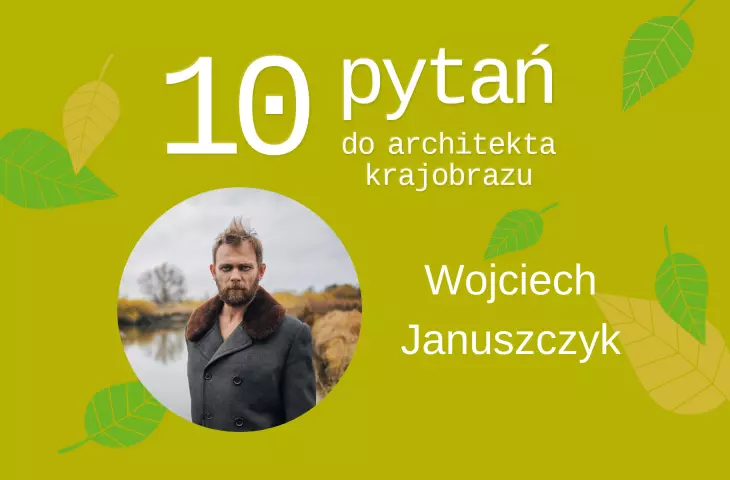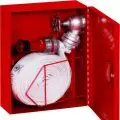"10 Questions for Landscape Architects" is a new series of short talks inspired by the "10 Questions for..." series. This time our attention is turned to landscape architects. In today's episode, Wojciech Januszczyk talks about his approach to design.
Wojciech Januszczyk - Landscape architect, employee of the Institute of Landscape Architecture of the Catholic University of Lublin, founder of the Landscapes Foundation, Supervisor of Green Areas and expert witness. Originator and artistic director of the festival of art of gardens and spaces - InGarden.
1 Landscape Architecture in one sentence is.
Healthier space, and not just for humans.
2.The most underestimated aspect of landscape architecture is....
The opportunity to strengthen technical, technological, sociological and educational solutions to combat climate change during construction investment processes.
3. the most inspiring space for you is....
Unused building structures, overgrown with "fourth nature", i.e. one that spontaneously creates plant compositions in pavements, on buildings or in other unexpected places.
The 4th most important book related to landscape architecture....
"Bathtub with a colonnade" by Filip Springer
5 Most inspiring figure...
The late Professor Janusz Janecki - one of my Masters.
6... I start the design process with...
Whether it is worth doing? If so, what can be done to reduce the destruction of space during the development process?
7. favorite moment during work is....
Conversations with my team.
8. The most important realization in your career is....
Experience space, such my landscape architecture laboratory located on the site of the old Pearl brewery in Lublin.
9. dream project is...
Accomplished with the least possible creation of carbon footprint, water footprint, with short supply chains of components, biodegradable, giving opportunities to use closed cycles during the process of operating the facility.
10 Favorite plant is.
The one that will grow on its own in a given urban space and give as many ecological services as possible with as little energy, fuel, fertilizer and water consumption as possible, which is what we usually call a "weed".














